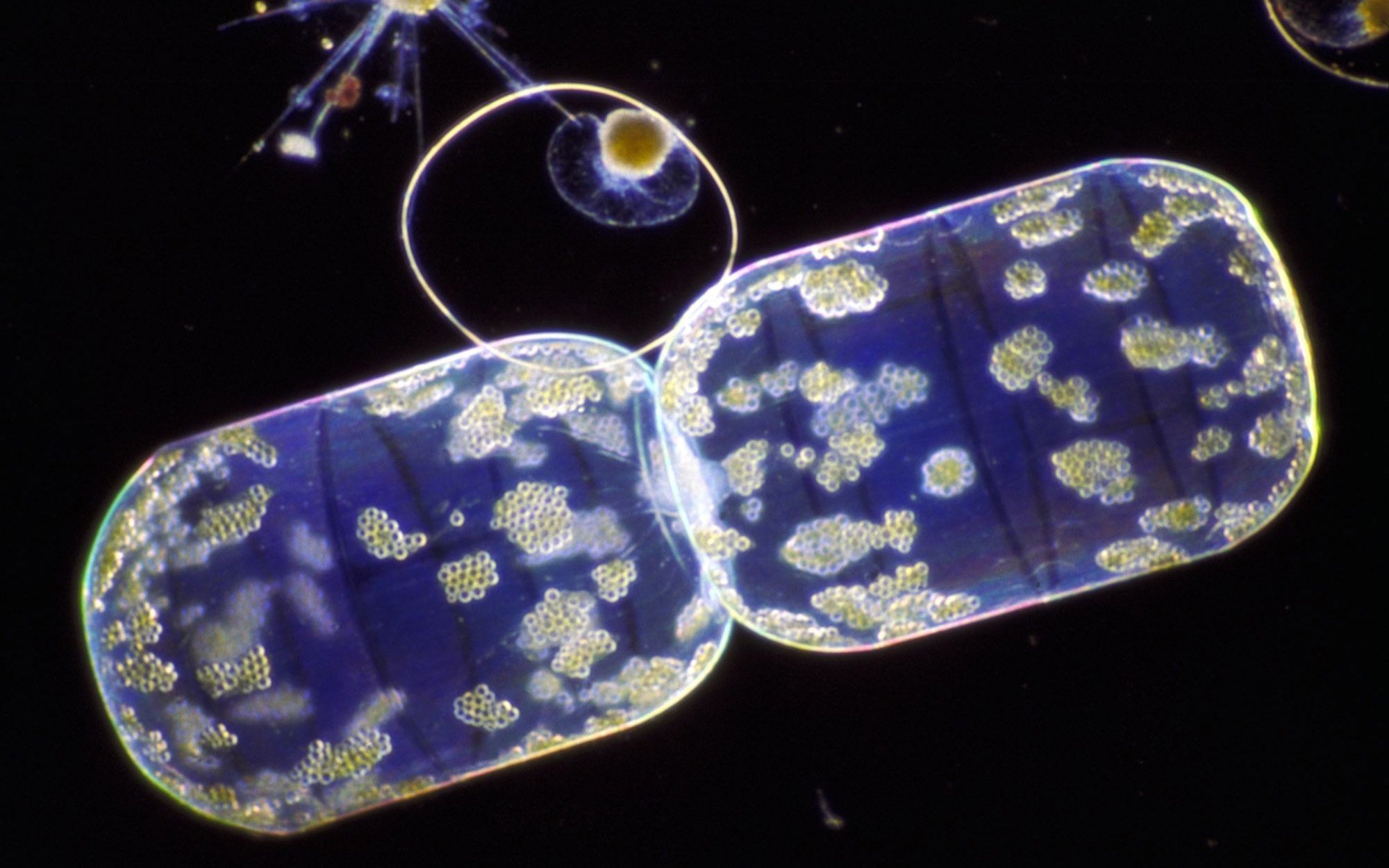Ocean diatoms, like Cylindrotheca closterium, build biomass by both photosynthesis and consuming organic carbon, a finding that may change our view of the global carbon cycle.
This research is led by bioengineers, bioinformatics experts, and other genomics researchers at the University of California San Diego. The new findings are published in Science Advances on July 17, 2024.
The team showed that the diatom Cylindrotheca closterium, which is found in oceans around the world, regularly performs a simultaneous mix of both photosynthesis and direct eating of carbon from organic sources such as plankton. In more than 70% of the water samples the researchers analyzed from oceans around the world, the researchers found signs of simultaneous photosynthesis and direct organic carbon consumption from Cylindrotheca closterium.
The research team hopes this work will stimulate interest in taking a much closer look at our understanding of the global carbon cycle, taking into consideration this new broader understanding of how ocean diatoms get their carbon.
What the bacteria feeding the diatoms may be getting out of the relationship is another question for further research.



Fascinating, and potentially a very powerful mechanism for carbon sequestration.